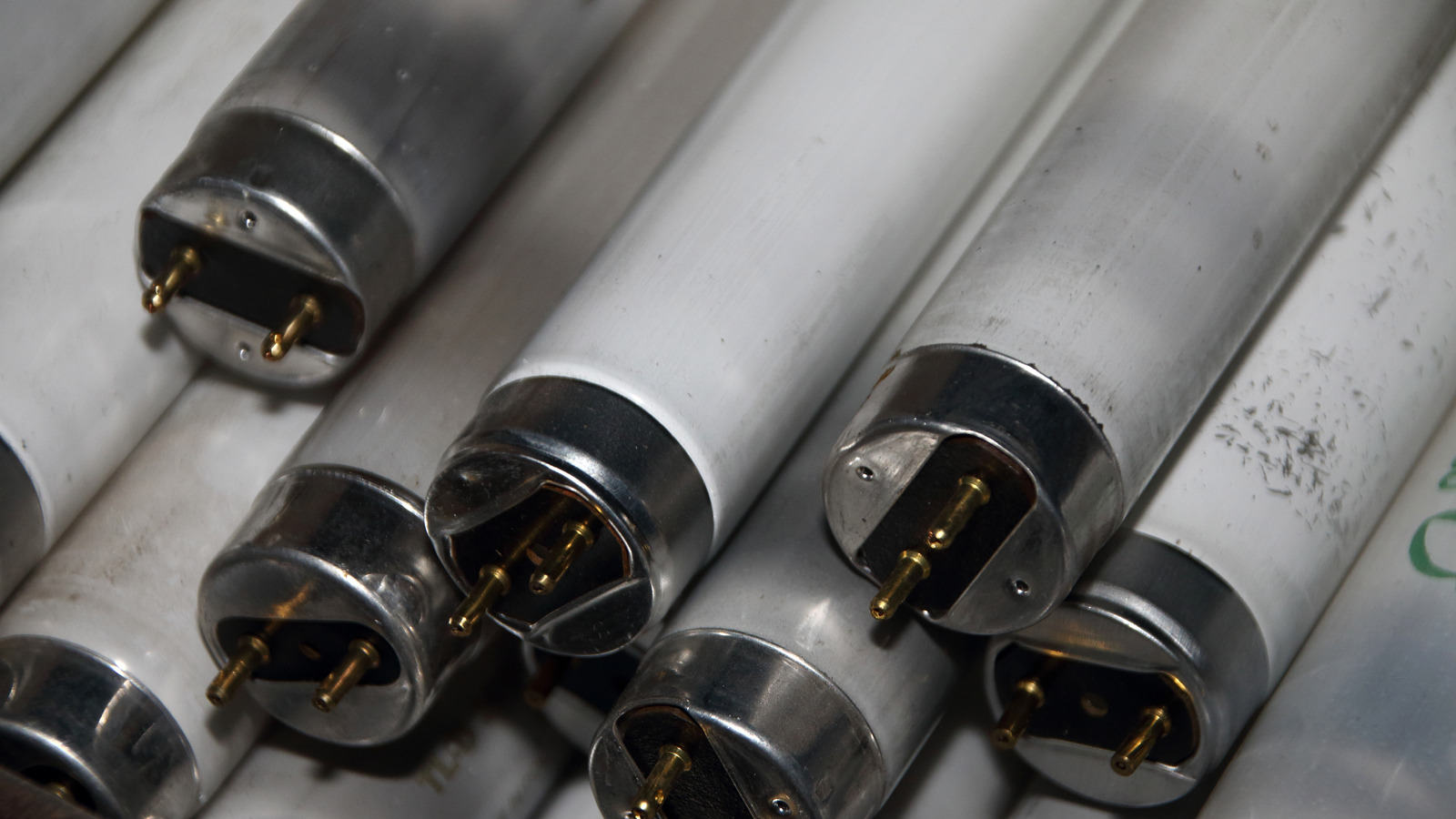

Articles
How Long Do Fluorescent Tubes Last
Modified: January 4, 2024
Discover articles on the topic of how long fluorescent tubes last and find out the lifespan and maintenance tips for these energy-efficient lighting options.
(Many of the links in this article redirect to a specific reviewed product. Your purchase of these products through affiliate links helps to generate commission for Storables.com, at no extra cost. Learn more)
Introduction
Fluorescent tubes have been a popular lighting option for decades, providing bright and energy-efficient illumination in various settings. Whether in offices, retail spaces, or even homes, these tubes offer a cost-effective solution for lighting needs. However, like any other lighting equipment, fluorescent tubes have a limited lifespan. Understanding how long these tubes last and how to maintain them properly can help you get the most out of your investment.
In this article, we will delve into the lifespan of fluorescent tubes, factors that affect their longevity, signs of a failing tube, and ways to extend their lifespan. Additionally, we will touch on the proper disposal of fluorescent tubes to ensure environmental safety.
So, let’s shed some light on the fascinating world of fluorescent tubes and explore how to maximize their lifespan.
Key Takeaways:
- Fluorescent tubes can last 10,000 to 20,000 hours, but factors like quality, usage patterns, and maintenance can impact their lifespan. Recognizing signs of failure and proper disposal are crucial for safety and environmental protection.
- To extend the lifespan of fluorescent tubes, invest in quality tubes, follow recommended usage guidelines, and implement regular maintenance. Proper disposal is essential to minimize environmental harm and promote sustainability.
Read more: What Lengths Do Fluorescent Tubes Come In
Understanding Fluorescent Tubes
Fluorescent tubes are a type of gas discharge lamp that produces light through the excitation of mercury vapor inside the tube. The tube is coated with phosphor on the inner surface, which emits light when excited by the ultraviolet radiation produced by the mercury vapor.
These tubes come in various lengths and diameters, with common sizes including T8 (1 inch in diameter) and T12 (1.5 inches in diameter). They are known for their efficiency in converting electrical energy into light, making them a popular choice for commercial and residential lighting applications.
One key advantage of fluorescent tubes is their ability to deliver bright, white light with high color rendering. This makes them suitable for areas where accurate color representation is necessary, such as art galleries, hospital operating rooms, and retail spaces.
Fluorescent tubes also offer a longer lifespan compared to traditional incandescent bulbs. However, their longevity can be influenced by various factors.
Factors Affecting the Lifespan of Fluorescent Tubes
While fluorescent tubes generally have a longer lifespan than traditional incandescent bulbs, several factors can impact their longevity. Understanding these factors can help you optimize the lifespan of your fluorescent tubes:
- Quality: The quality of the fluorescent tube itself plays a significant role in its lifespan. Higher-quality tubes tend to have a longer life expectancy compared to lower-quality alternatives.
- Usage Patterns: How often and for how long the fluorescent tubes are used can affect their lifespan. Frequent switching on and off of the tubes can shorten their lifespan. Additionally, leaving the tubes on for extended periods without sufficient rest can also contribute to reduced longevity.
- Operating Temperature: Fluorescent tubes are sensitive to temperature fluctuations. Extremely high or low temperatures can decrease their lifespan. It is recommended to operate these tubes within a specified temperature range for optimal performance and longevity.
- Electronic Ballast: The use of an electronic ballast can impact the lifespan of fluorescent tubes. Electronic ballasts are more efficient and cause less wear on the tubes compared to older magnetic ballasts.
- Voltage Fluctuations: Fluctuations in voltage can affect the performance and lifespan of fluorescent tubes. It is important to ensure that the electrical system supplying power to the tubes is stable and free from voltage irregularities.
- Maintenance: Regular maintenance is essential to maximizing the lifespan of fluorescent tubes. This includes cleaning the tubes, removing any accumulated dust or debris, and replacing faulty components promptly.
By considering these factors and taking the necessary precautions, you can help prolong the lifespan of your fluorescent tubes and avoid premature failure.
Average Lifespan of Fluorescent Tubes
The lifespan of fluorescent tubes can vary depending on several factors, including their quality, usage patterns, and operating conditions. On average, a standard fluorescent tube can last anywhere between 10,000 to 20,000 hours of operation.
However, it’s important to note that this figure is an approximation, and the actual lifespan of a fluorescent tube can differ based on the specific circumstances in which it is used.
For instance, if a fluorescent tube is used for an average of 8 hours per day, it could last approximately 3-4 years before needing to be replaced. Conversely, if the tube is used for longer periods each day, such as in commercial settings where it may be used 24/7, the lifespan can be significantly shorter.
Additionally, the quality and brand of the fluorescent tube can also impact its lifespan. Higher-quality tubes from reputable manufacturers tend to have a longer life expectancy compared to lower-quality alternatives.
It’s worth noting that as a fluorescent tube nears the end of its lifespan, its light output may gradually decrease, resulting in dimmer illumination. This can be a sign that the tube needs to be replaced soon.
It’s also important to keep in mind that fluorescent tubes may have a rated lifespan provided by the manufacturer. This rating can give you a better estimate of how long the tube is expected to last under ideal operating conditions. However, it is essential to consider other factors that may affect the tube’s actual lifespan.
Ultimately, the lifespan of a fluorescent tube can vary, but taking proper care, following recommended usage guidelines, and implementing regular maintenance can help maximize the tube’s longevity and ensure optimal lighting performance.
Fluorescent tubes typically last between 7,000 to 15,000 hours, depending on usage and quality. It’s important to replace them when they start flickering or dimming to maintain optimal lighting.
Signs of a Failing Fluorescent Tube
Fluorescent tubes, like any other lighting equipment, eventually reach the end of their lifespan. It’s important to be able to identify the signs of a failing fluorescent tube to ensure timely replacement and avoid potential hazards. Here are some common signs that indicate a fluorescent tube is nearing the end:
- Flickering or Flashing: If you notice that your fluorescent tube is flickering or flashing intermittently, it could be a sign of a failing tube. This can occur due to aging components or a faulty ballast.
- Dim or Inconsistent Lighting: A diminishing light output or inconsistent illumination is another indication of a failing fluorescent tube. As the tube deteriorates, it may produce progressively weaker or spotty lighting.
- Slow Start or Delayed Ignition: If your fluorescent tube takes longer than usual to turn on or exhibits a delay in ignition, it may be a sign that the tube is deteriorating and nearing the end of its lifespan.
- Buzzing or Humming Sounds: Unusual buzzing or humming sounds coming from the fluorescent tube can be an indication of a failing ballast or other internal issues. These sounds should not be ignored, as they can signify potential electrical problems.
- Visible Dark Spots or Discoloration: Physical signs of wear and tear, such as dark spots or discoloration on the fluorescent tube’s surface, can suggest age-related deterioration. These blemishes may impact the light output and overall performance.
- Excessive Flickering and Rapid Cycling: If your fluorescent tube is flickering rapidly, cycling on and off frequently, it could be a sign of a worn-out ballast. This can shorten the lifespan of the tube and may require replacement of both the tube and the ballast.
If you notice any of these signs, it’s advisable to replace the failing fluorescent tube promptly. Continuing to use a failing tube not only results in reduced lighting quality but can also pose safety risks, including the potential for electrical malfunctions or even fires.
Regularly inspecting your fluorescent tubes and addressing any signs of failure ensures efficient and reliable lighting while maintaining a safe environment.
Read more: How To Change Fluorescent Tubes
Extending the Lifespan of Fluorescent Tubes
While fluorescent tubes do have a limited lifespan, there are steps you can take to extend their longevity. By implementing proper maintenance and following recommended guidelines, you can maximize the lifespan of your fluorescent tubes. Here are some tips to help you get the most out of your lighting investment:
- Use Quality Tubes: Invest in high-quality fluorescent tubes from reputable manufacturers. Higher-quality tubes are often more durable and have better performance, resulting in a longer lifespan.
- Follow Recommended Usage Guidelines: Adhere to the recommended usage guidelines provided by the manufacturer. These guidelines typically include information on the maximum number of hours the tube can be used per day and appropriate rest periods.
- Avoid Frequent On/Off Cycling: Minimize the frequency of turning your fluorescent tubes on and off. Frequent cycling can put stress on the tube and shorten its lifespan. Instead, consider using motion sensors or timers to control when the lights are turned on and off.
- Properly Maintain Your Tubes: Regularly clean the tubes and remove any dust or debris that may have accumulated on the surface. Built-up dirt can obstruct the light output and cause the tube to overheat.
- Ensure Proper Ventilation: Adequate ventilation helps prevent excessive heat buildup around the fluorescent tubes. Make sure the fixtures are free from obstructions and allow for sufficient airflow to dissipate heat effectively.
- Replace Faulty Components: Promptly replace any faulty components, such as ballasts or starters. Faulty components can negatively impact the performance and lifespan of the fluorescent tube.
- Check Voltage Stability: Ensure that the electrical system supplying power to the fluorescent tubes maintains a stable voltage. Voltage fluctuations can cause premature failure of the tubes. If necessary, consider installing voltage stabilizers or surge protectors.
- Consider Electronic Ballasts: Electronic ballasts are more efficient and cause less wear on fluorescent tubes compared to magnetic ballasts. Consider upgrading to electronic ballasts to help extend the lifespan of your tubes.
- Implement Regular Inspections: Regularly inspect your fluorescent tubes for signs of aging or failure. Look for flickering, dimming, or any other irregularities that may indicate the need for replacement.
By following these tips, you can optimize the lifespan of your fluorescent tubes and enjoy reliable and energy-efficient lighting for an extended period.
Proper Disposal of Fluorescent Tubes
When it comes time to replace your fluorescent tubes, it’s crucial to dispose of them properly to protect the environment and ensure the safe handling of potentially hazardous materials. Here’s how to handle the disposal of fluorescent tubes responsibly:
- Check Local Regulations: Research and familiarize yourself with local regulations regarding the disposal of fluorescent tubes. Different regions may have specific guidelines in place to ensure proper disposal and recycling.
- Recycling Programs: Look for recycling programs or facilities in your area that accept fluorescent tubes for recycling. Many communities provide designated drop-off locations or special recycling events for hazardous materials like fluorescent tubes.
- Protective Measures: Since fluorescent tubes contain small amounts of mercury, which can be harmful if released into the environment, it’s essential to handle them with care. Wear gloves and protective eyewear when handling used tubes to minimize any potential exposure.
- Prevent Breakage: To prevent accidental breakage, wrap the used fluorescent tubes in plastic or use specialized tube recycling containers that provide protection during transport and storage.
- Do Not Throw in Regular Trash: Never throw fluorescent tubes in regular household trash bins. They should not be disposed of in landfills because they can release harmful substances into the soil and water supply.
- Special Collection Events: Check if your community organizes special collection events for hazardous waste disposal. These events provide a convenient and safe way to dispose of fluorescent tubes and other potentially harmful materials.
- Commercial Recycling Services: If you are a business or in a commercial setting that uses a large number of fluorescent tubes, consider partnering with a commercial recycling service that specializes in proper disposal and recycling of these tubes.
- Consult with Professionals: If you are unsure about the proper disposal methods or have a large quantity of fluorescent tubes to dispose of, consult with local waste management professionals or environmental agencies for guidance and assistance.
By following these disposal guidelines, you can ensure that fluorescent tubes are recycled and disposed of in an environmentally responsible manner, minimizing the potential harm they can cause to ecosystems and human health.
Conclusion
Fluorescent tubes are a popular and energy-efficient lighting option found in various settings, from offices to homes. Understanding their lifespan and how to maintain them properly is essential for getting the most out of these lighting solutions.
In this article, we explored the average lifespan of fluorescent tubes, the factors that can affect their longevity, signs of a failing tube, and ways to extend their lifespan. We also discussed the importance of proper disposal to protect the environment and prevent potential hazards.
By using high-quality tubes, following recommended usage guidelines, and implementing regular maintenance, you can extend the lifespan of your fluorescent tubes. By doing so, you not only maximize your investment but also ensure consistent and reliable lighting for your space.
Recognizing the signs of a failing fluorescent tube, such as flickering, dimming, or buzzing, allows you to timely replace them, avoiding potential safety risks and maintaining optimum lighting conditions.
Furthermore, disposing of fluorescent tubes responsibly is crucial. Checking local regulations, utilizing recycling programs and drop-off locations, and taking necessary precautions during handling and transportation are vital steps in minimizing environmental harm and promoting a sustainable approach to waste management.
Remember, by adopting proper measures throughout the lifecycle of fluorescent tubes, you contribute to energy efficiency, reduce waste, and safeguard the environment.
In conclusion, understanding the lifespan of fluorescent tubes, factors influencing their longevity, signs of failure, and proper disposal methods empowers individuals and businesses to make informed decisions, ensuring cost-effective and environmentally conscious lighting solutions.
Frequently Asked Questions about How Long Do Fluorescent Tubes Last
Was this page helpful?
At Storables.com, we guarantee accurate and reliable information. Our content, validated by Expert Board Contributors, is crafted following stringent Editorial Policies. We're committed to providing you with well-researched, expert-backed insights for all your informational needs.
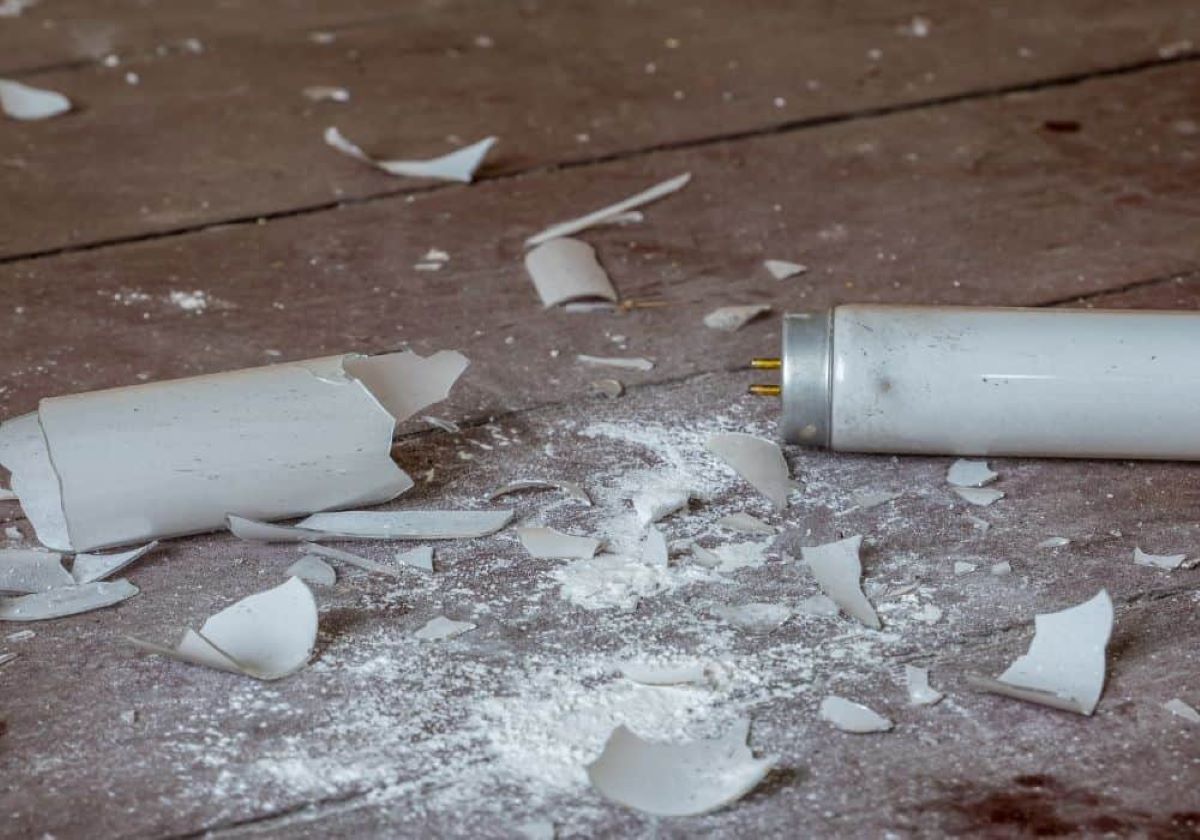
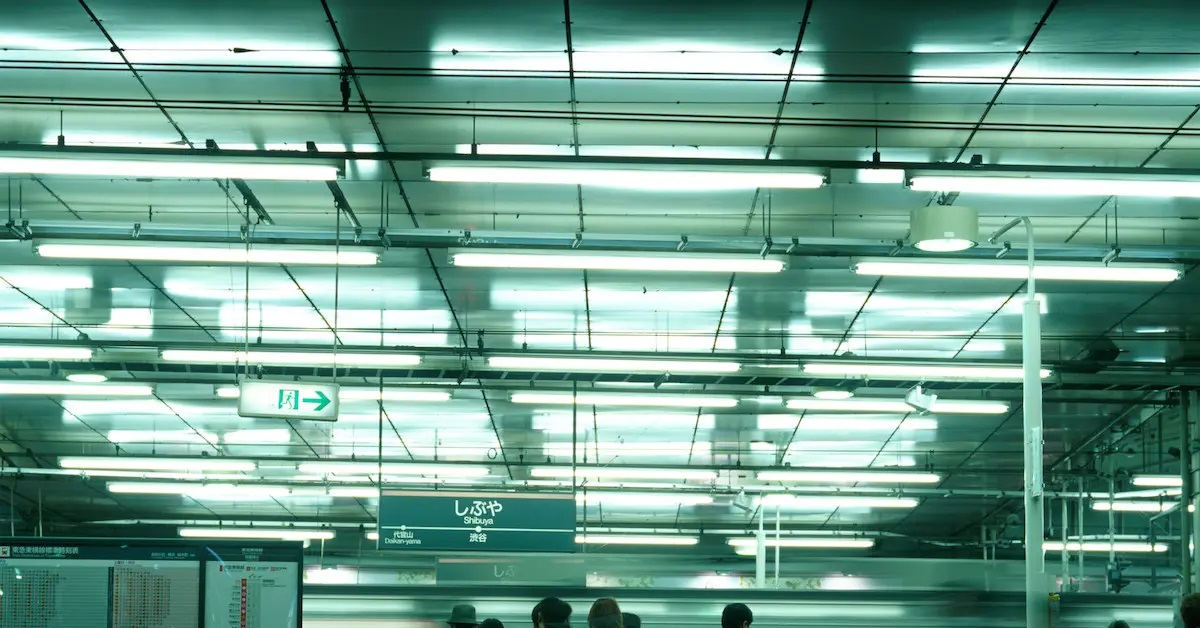
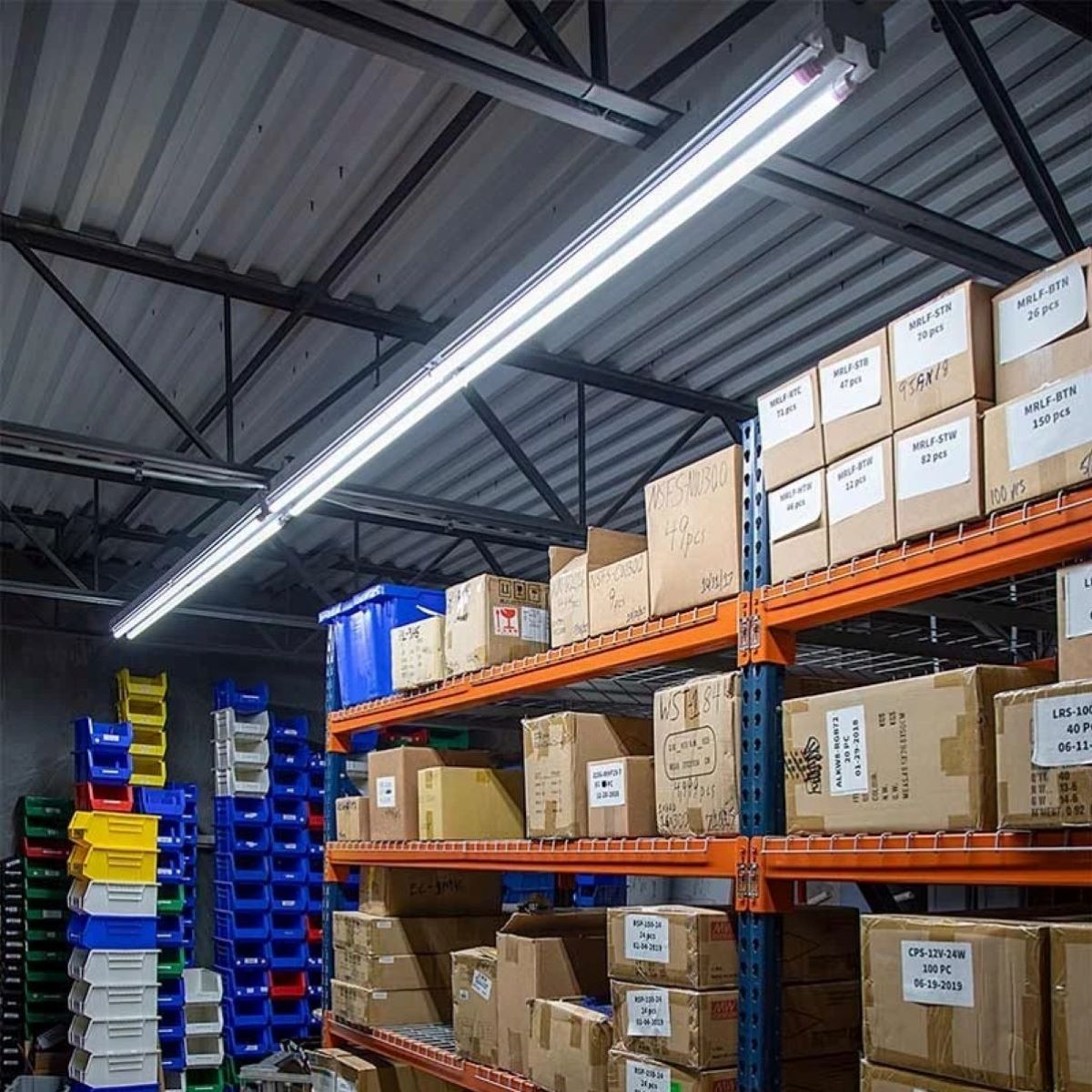

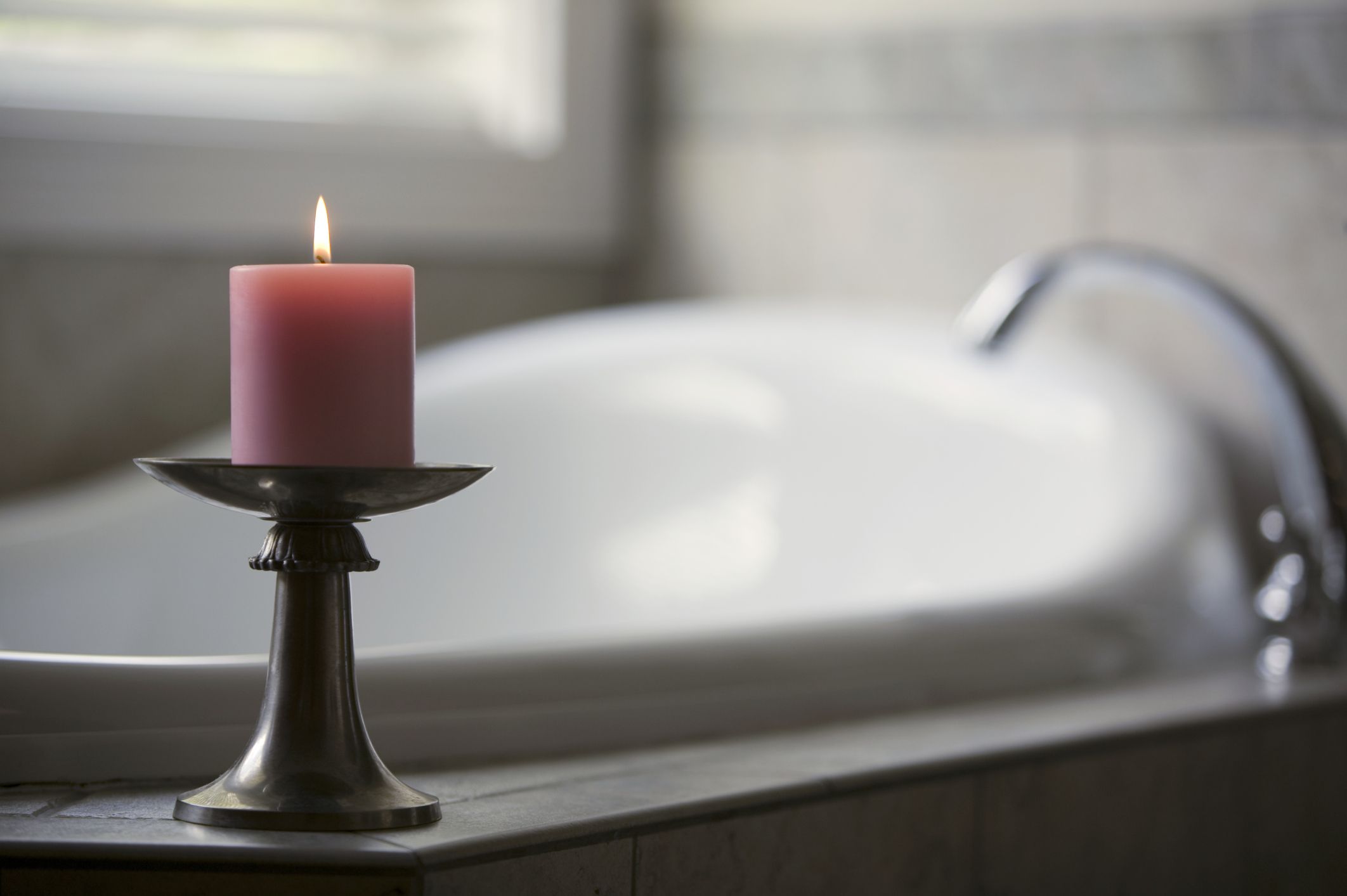



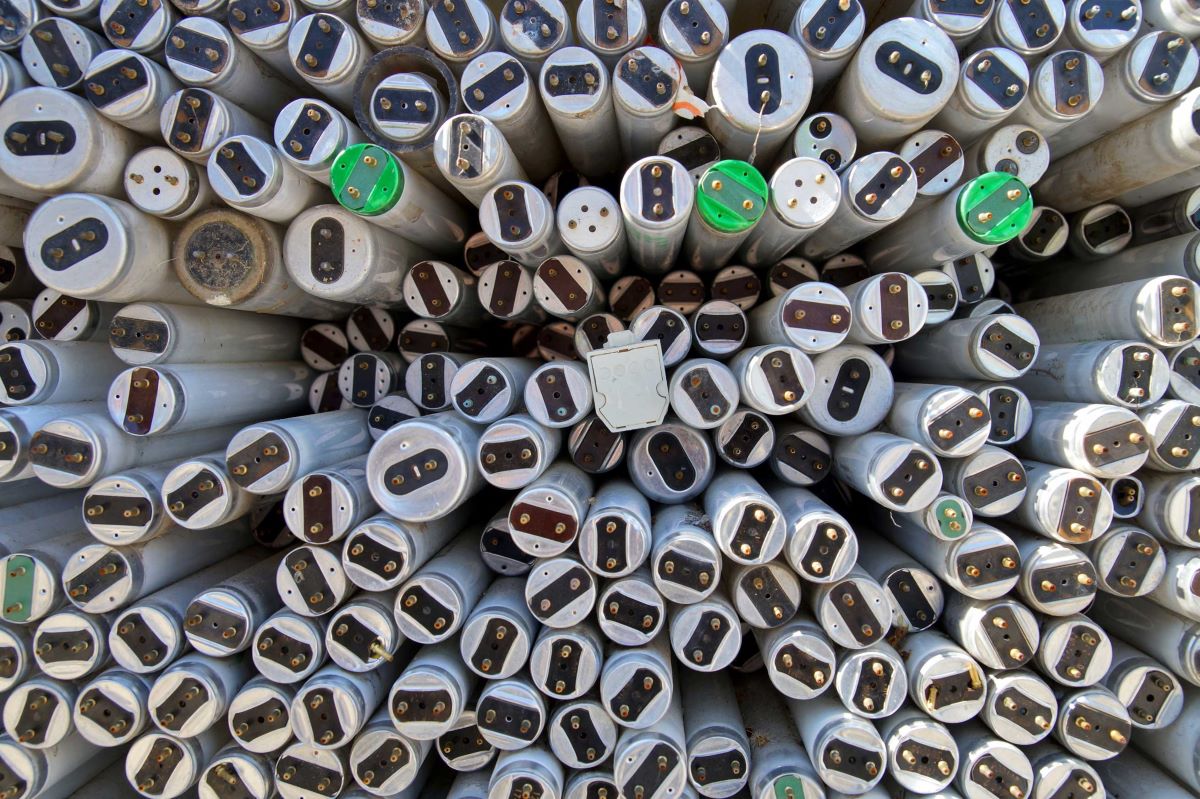
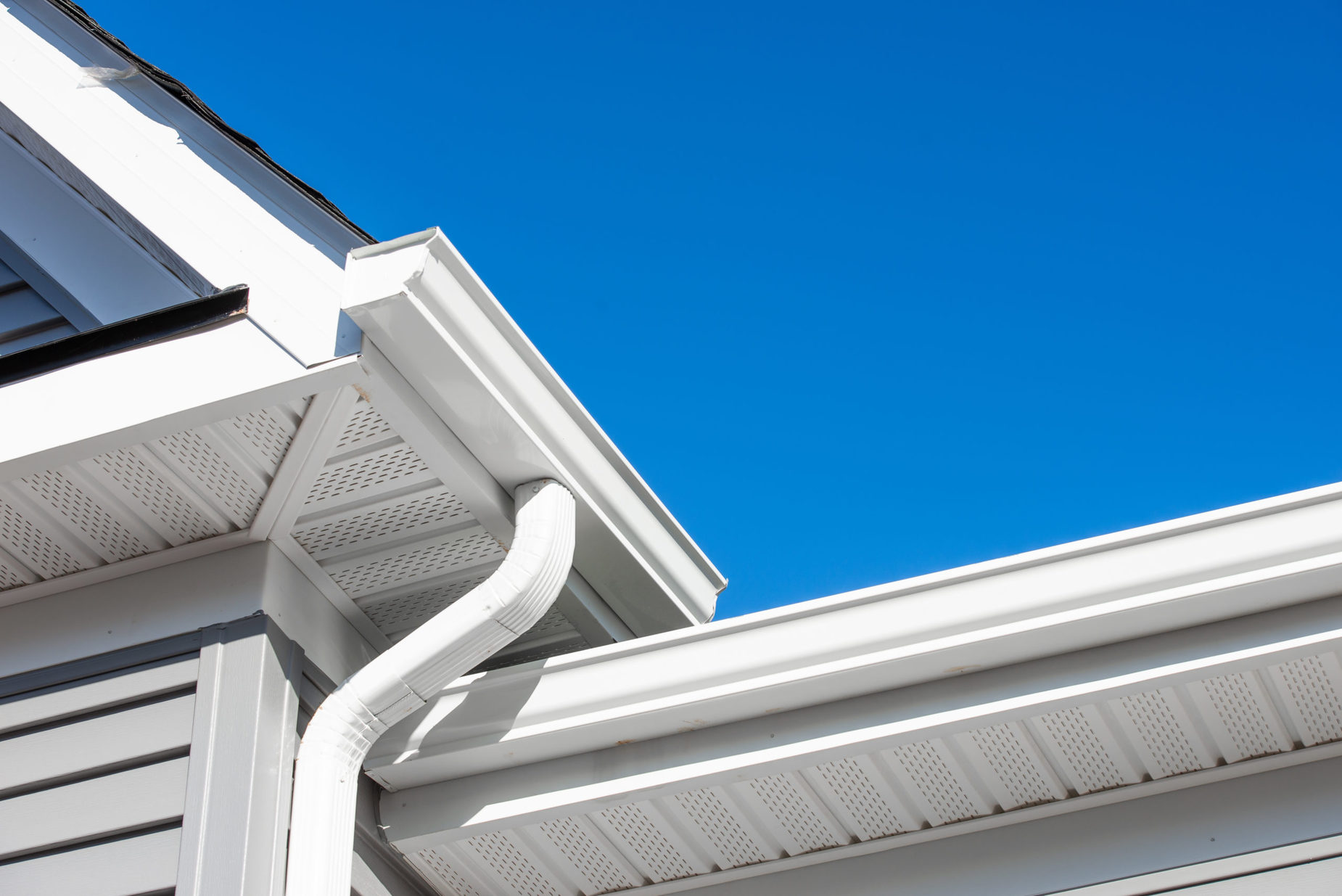
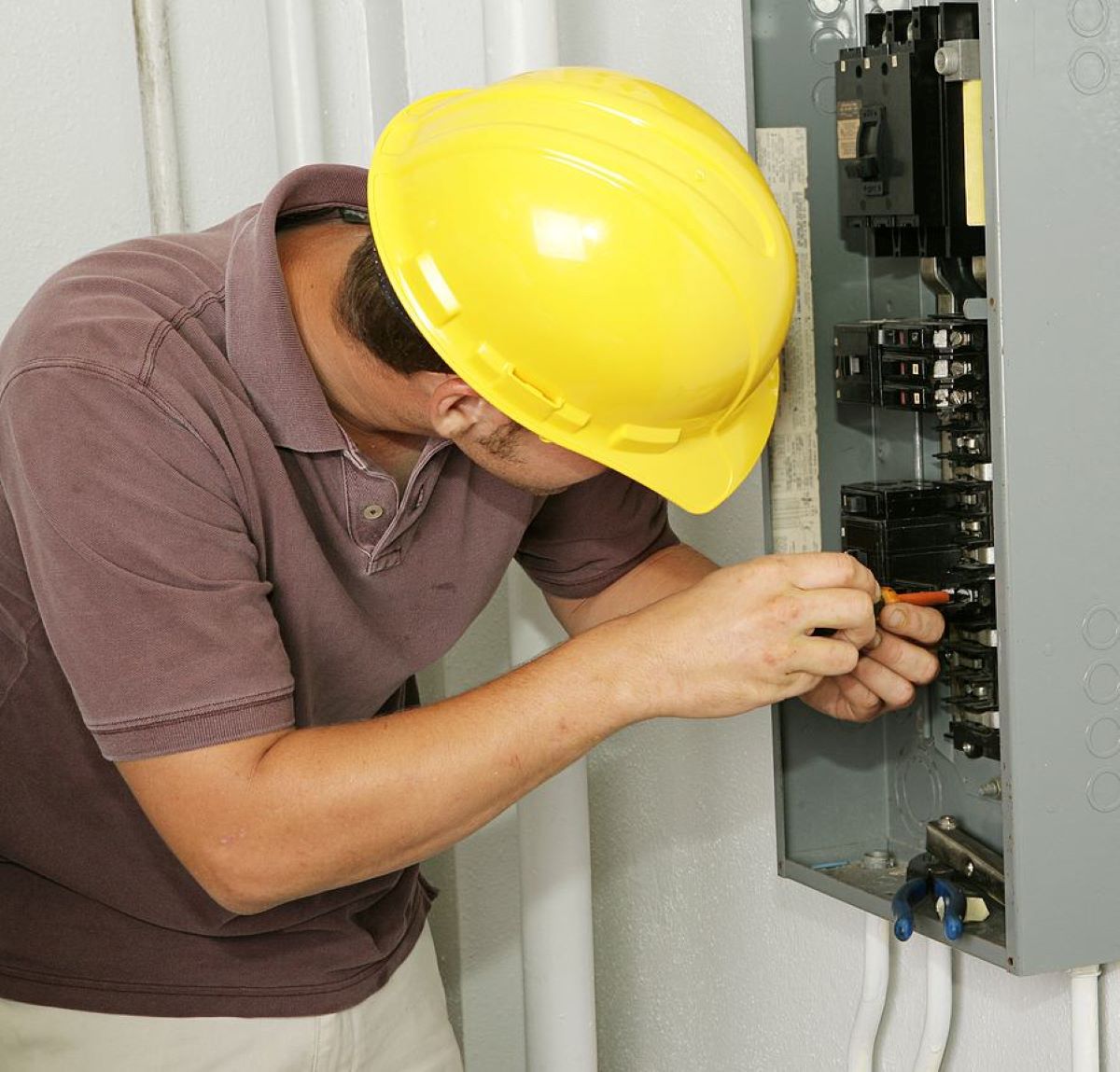
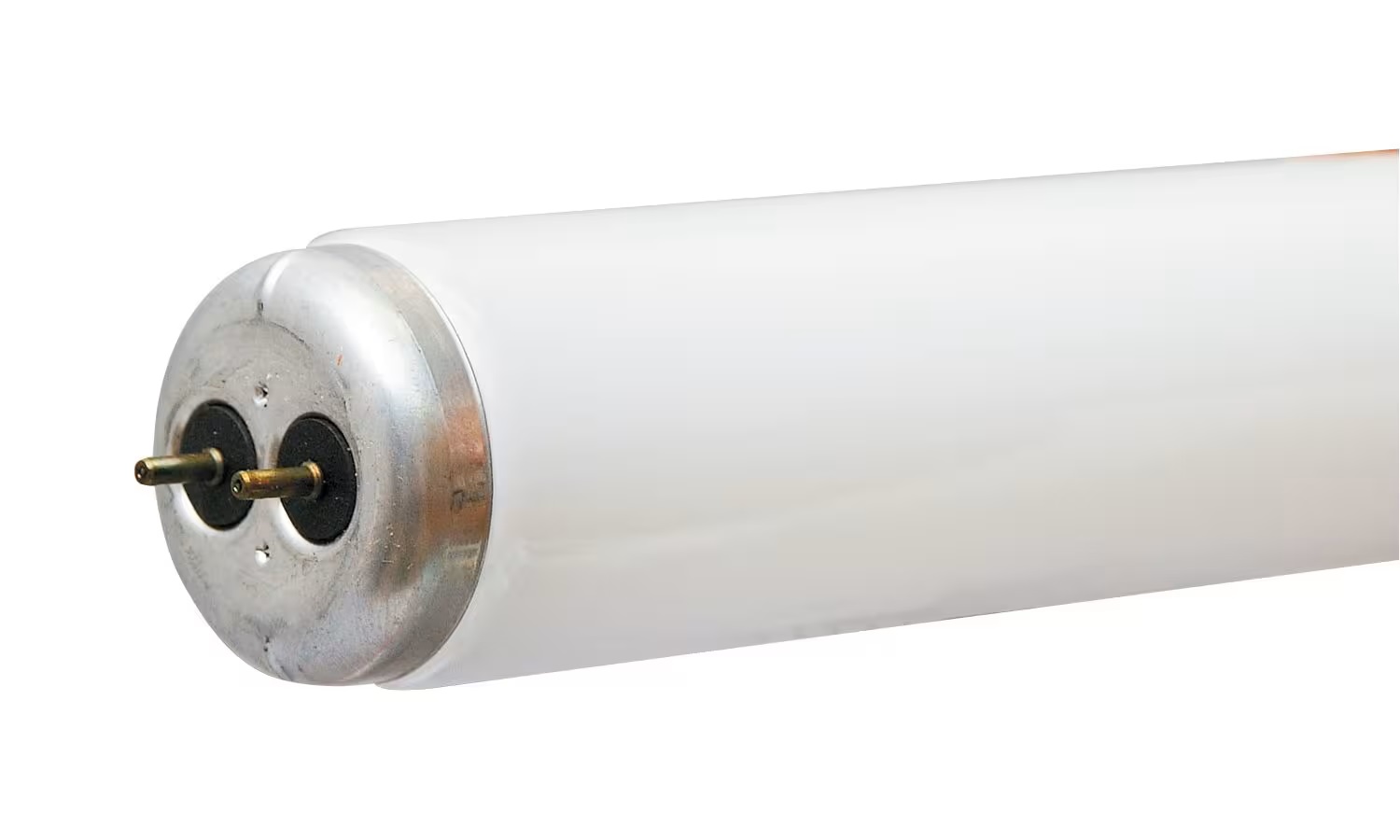
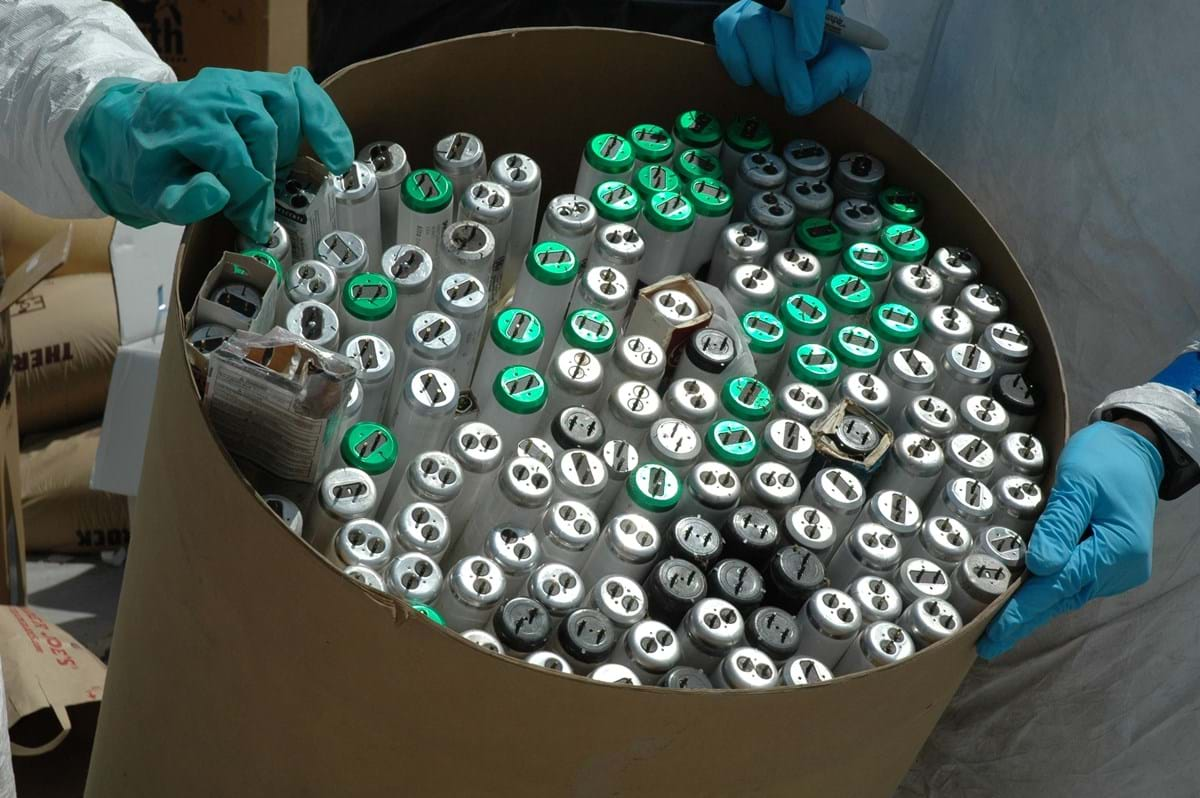
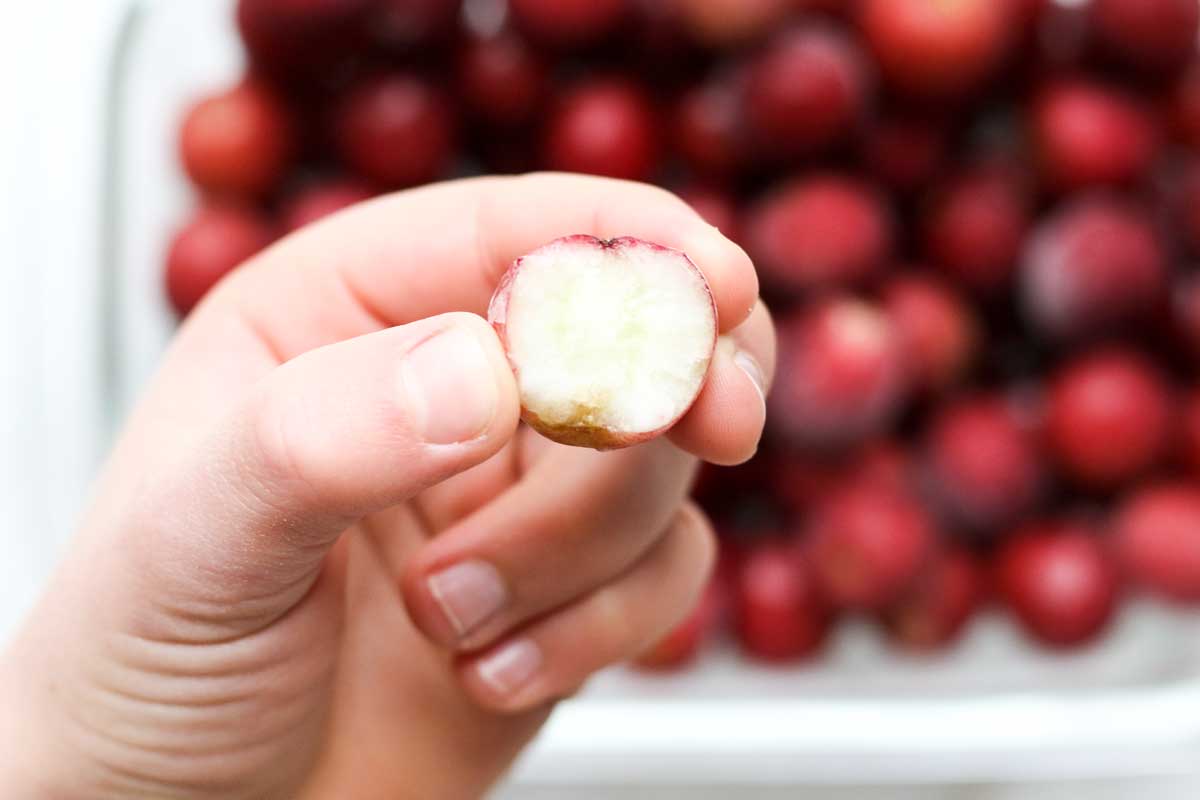

0 thoughts on “How Long Do Fluorescent Tubes Last”